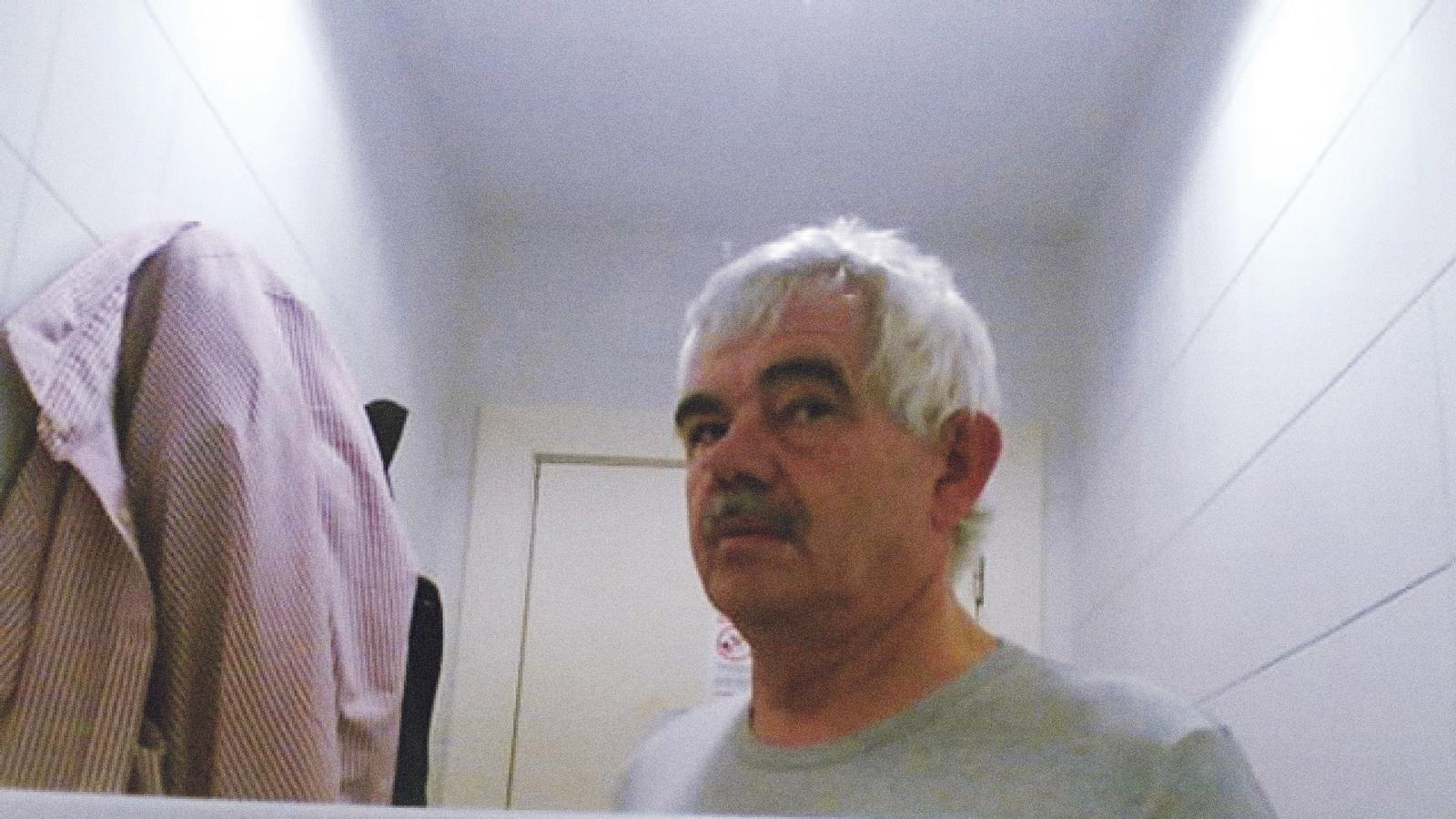Pasqual Maragall's snapshots: When photography can be the only memory
The exhibition 'The Capture of Time' opens next Friday, September 12, at the Toni Catany CIF in Llucmajor.


PalmTwo apples, side by side, representing the same thing and, at the same time, two very different things: they are accompanied by a handwritten note that says "healthy apple and rotten apple." This is the image chosen to illustrate the exhibition poster. The capture of time, which will open next Friday, September 12, at the Toni Catany International Photography Center in Llucmajor. And it's no coincidence that this was the photograph selected, because it could be one of the still lifes created by the Mallorcan photographer, but it is, in fact, a snapshot taken by Pasqual Maragall (Barcelona, 1941) shortly after being diagnosed with Alzheimer's. Photography was an essential tool in his relationship with the early stages of the disease.
"Maragall's diagnosis coincided with the appearance of the first camera phones, and it was quite a discovery for him—having this tool so accessible that, at the time, allowed him to capture and freeze certain moments, which had become almost transcendental for him. So, these images reflect that." Teresa Sala, one of the exhibition's curators, along with Antoni Garau, director of the CIF Toni Catany. "The idea is, above all, to underline the power of human memories, just as, since Greek myths, memory has also played a key role in the development of art and science: Mnemosyne, the personification of memory, was the mother of the nine muses. And I think this is also the central theme: memory as science," she adds.
Record identity
The exhibition, in fact, is linked to a first project related to the photographs taken by Pasqual Maragall from 2007 onwards: the book Pasqual Maragall Mira, coordinated by Caro Garcia and published by Blume in 2010, which featured a first selection of these images. "In that case, the title played with their second lineage, which happens to be Mira, and we also wanted to include that in the poster," explains Sala, "although the Llucmajor exhibition will not only feature some of the images that were part of that first selection, but also previously unpublished photographs, family albums, and even a relic outside, in a display case."
It's a Nokia 6230 device, just one of the many phones of that same model that the former president of the Generalitat (Catalan government) used during those years of photographic research and experimentation. His daughter, Cristina Maragall, confirms this, stating that despite attempts to change phones and provide more up-to-date ones with better features—the Nokia 6320 had 1.5 megapixel resolution, while one of the iPhone 16 cameras always has more than 48—the politician stuck with a digital one. "This has meant that the photographs cannot be printed in large format, because the resolution doesn't allow it," Teresa Sala clarifies, "but it has allowed us to play with how digital photography becomes analog and how the two relate differently to memory configuration. Today, everyone has their own digital archive filled with images, but memories are very often printed in physical format as well," she points out.
The snapshots that will be on display in Llucmajor starting this September show fragments of Maragall's daily life after his Alzheimer's diagnosis. They range from newspaper covers to stopped clocks and plates filled with food. Many are accompanied by a brief caption, handwritten by Maragall himself, that goes beyond description: he often adds a touch of humor, a philosophical reflection, or even both. In any case, one of the most recurring themes among the photographs is the self-portrait, a theme that Teresa Sala links to the work of the American painter William Utermohlen. "After his Alzheimer's diagnosis, he began to paint a series of self-portraits where you see how his face gradually fades away," Sala explains, "and, ultimately, in Maragall's self-portraits there is also a desire to record a fading identity, as if time were blurring it."
The relationship with Toni Catany
However, one of the most surprising parts of the exhibition for the vast majority of visitors will be discovering the relationship between Pasqual Maragall and Toni Catany. "It all stems from a series of overnight stays that Maragall made when he was mayor of Barcelona, in the late 1980s, which consisted of going to spend the night in the homes of neighbors in the city. And one of those houses was Toni Catany's," explains curator Teresa Sala, "All of the... we don't have the street yet, and the house... we don't have the street yet, and the house... we don't have the house yet, but the house is still not on the Rambla. It's vanished, and we thought that this exhibition was also a way of highlighting that meeting point that existed between them." Years later, in 1997, all these neighbors who had welcomed the then mayor of Barcelona into his home got together for a dinner at Toni Catany's house, which he immortalized in a handful of photographs that are also on display in The capture of time.
